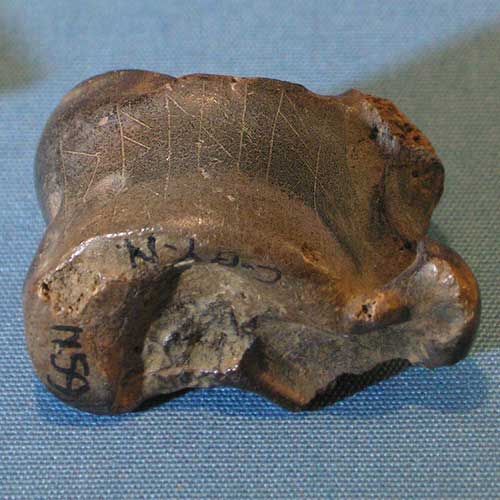Last month, when messing around with this website, I did something (or Blogger did) to make several recent posts disappear. Of course, I immediately went into digital-illiterate panic mode, especially when I realised that I had not been very diligent in archiving drafts of those posts. Then I calmed down and restored the posts simply by searching for them and recovering them from Google’s cache, whereupon I ceased cursing Google and became grateful to it instead. But this little incident started me thinking again about the issue of
preservation, which concerns not only archaeologists and archivists but also information technology managers. How does information survive?
 |
| Fadden More Psalter, cover. Image: National Museum of Ireland. |
|


